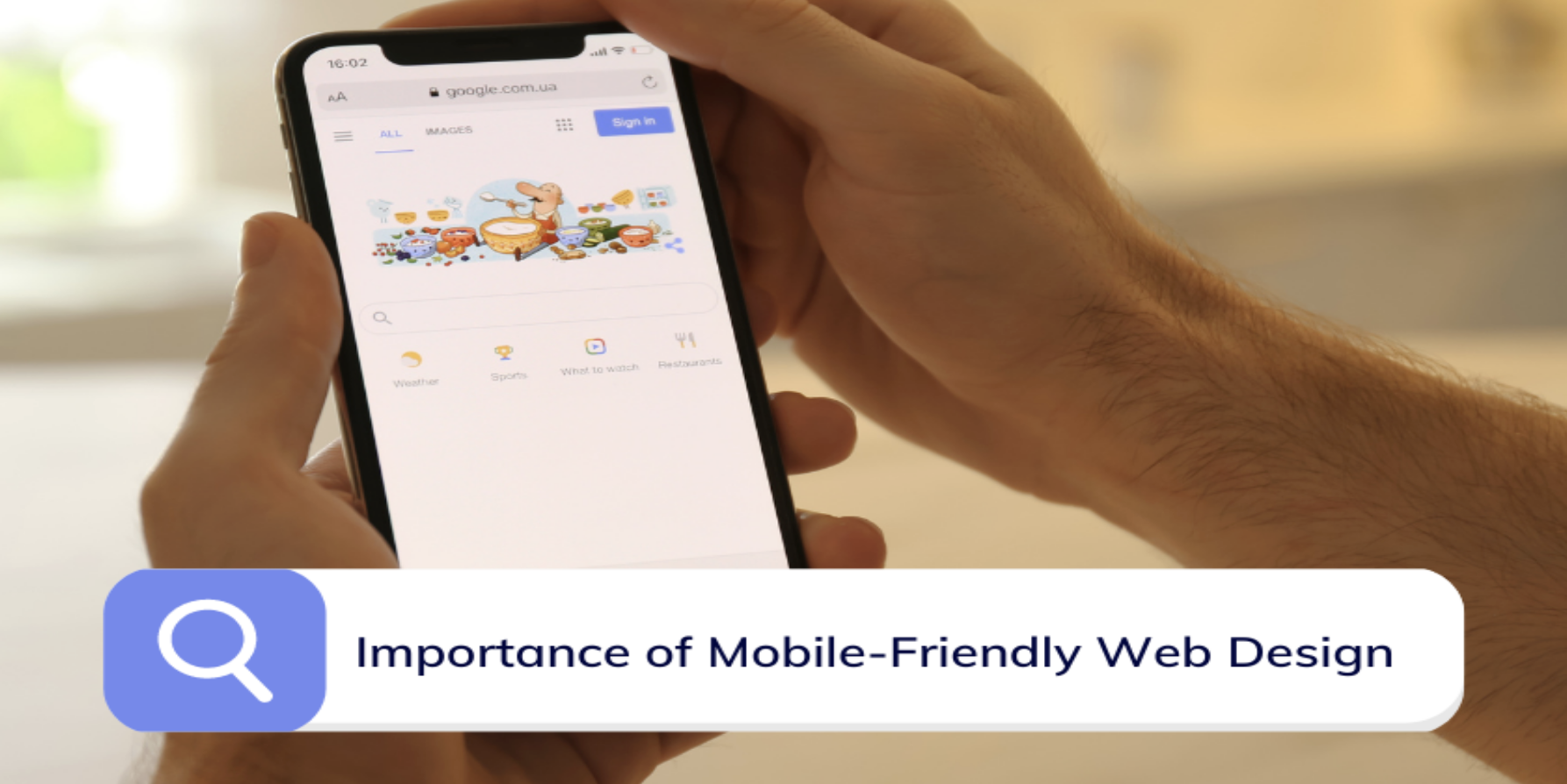
The complexity of coding has evolved and while web developers have long optimized performance through skill and logic, AI is now stepping in to assist. Yet, even with artificial intelligence capable of reproducing human-created solutions, the spontaneity of true innovation still rests in human hands.
The driving force behind this innovation is the need for speed — the need to create websites that load within three seconds. Anything slower risks user abandonment. For mobile users, slow loading is especially painful due to weaker networks, limited device power, and shorter attention spans. This issue can be mitigated by enhancing the mobile web experience through code-splitting and mobile-friendly web design solutions, methods widely used to improve web performance and ensure faster, more seamless browsing across devices.
What is Code-Splitting?
Code-splitting is a unique method or technique of splitting JavaScript (or codes in general) into smaller chunks. You don’t have to struggle with big and confusing bundles of code. Use only the necessary code for the current web page or user interaction first. Leave the rest of the loading on demand.
For example, a user wants to explore his dashboard. This code-split method will enable the loading of the dashboard code only whenever he tries to navigate there. This is how this method resolves the problem of elongated loading of desirable pages.
Overall, the user should be aware of these terms to understand this concept:
- Lazy Loading: It stands for the practice of delaying loading of certain code/components until they are clicked or needed.
- Route-Based Splitting: This method refers to breaking code per route, which can be home, settings, or profiles.
- Vendor Separation: It is basically required to isolate third-party libraries from an application’s own codes.
Why Code-Splitting Improves Load Times
Now comes the obvious reasons why code-splitting is needed.
1. Reduced Initial Bundle Size
The ultimate motive of using this method is to offload at least 30-50% of initial code bundles when web applications run. So, these apps load less data before displaying anything useful on the screen.
2. Faster First Paints and Time to Interactive
If an application receives a smaller JS code size, the browser parses and executes less code in the beginning. This practice helps improve key performance metrics such as First Contentful Paint (FCP), Largest Contentful Paint (LCP), and Time to Interactive (TTI).
Some smart web developers combine lazy loading and code splitting, which ultimately reduces up to 40% of page load times.
3. Better Performance on Mobile and Slow Networks
All mobile users don’t have access to strong networks. Some may be using 3G or congested Wi-Fi or low power devices. Considering these conditions, it becomes a necessity to reduce initial payload. Code-splitting does wonders in this case. It allows their devices to download the code of the very page that they want to access immediately. It saves their bandwidth and improves loading speed.
4. Lower Bounce Rates, Higher Engagement, and Conversions
Speed is related to user behavior. This can be measured by the fact that even a one-second delay in loading time can reduce conversion rates by 7%. Websites with laser-fast loading tend to notice significantly lower bounce rates and engagement increases automatically.
5. More Efficient Resource Use and Caching
Smaller code chunks are easier to cache or reuse. It enables browsers to recall quickly. Once a user returns, a browser loads only updated or needed codes. In parallel, mode codes can be loaded. This practice reduces redundant downloads.
How to Implement Code-Splitting Effectively
- Use Dynamic Import() or Tools Like React.lazy() + Suspense: This approach allows web components to load only when required, improving performance.
- Split Based on Routes and Features: Avoid loading settings, dashboards, or admin panels unless users navigate to them.
- Separate Vendor Libraries: Third-party codes remain unchanged and isolated when cached, making them ideal for separation.
- Prefetch and Preload: Predict user intent—such as likely clicks on linked pages—and preload that code during idle time.
- Monitor and Analyze Bundle Size Regularly: Use tools like Webpack Bundle Analyzer, Lighthouse, or WebPageTest to identify heavy or unused code.
- Gracefully Handle Loading States: Use intuitive UI elements during lazy loading so users always see something meaningful.
Mobile-Friendly Web Design: What to Do

Some concrete strategies can help in designing a user-friendly website.
1. Responsive Layouts
Considering the layout, integrate flexible grids, CSS media queries, and fluid images. Emphasize responsiveness integrity, which enables it to adapt to different screen sizes as of small phones and tablets. Do not consider fixed width layouts or components.
2. Optimized Images and Media
Adjust images by compressing them in formats like WebP. Do implement lazy loading for images and videos, which helps in proactively controlling bandwidth and simultaneously speeding up rendering.
3. Touch-Friendly UI
Ensure button sizes are large enough to prevent mis-touches. Simplify navigation and keep the interface minimalistic for a cleaner user experience.
4. Minimize Render-Blocking Resources
The hampered or blocked rendering due to CSS, large JS files, and fonts may result in blank screens. To resolve this issue, prioritize loading CSS first. Delay non-essential JavaScript and use code-splitting to ensure critical, above-the-fold content loads first.
5. Performance Testing on Real Devices and Networks
Test the website on both fast and slow Wi-Fi connections, using a range of devices from high-end to mid-range phones. As mentioned earlier, use tools like Lighthouse or conduct field testing to evaluate the impact of code-splitting and responsiveness in real-world conditions.
6. Fastest Possible Loading of Critical Content
Combine lazy loading and code-splitting to delay non-critical part’s uploading. It will certainly improve visibility by fulfilling the requirement of core metrics like First Contentful Paint and Large Contentful Paint.
Example: Putting It All Together
Consider the case of a news website. Its home page should meet these standards:
- Load the header and top articles or products immediately.
- Split the code for filters, reviews, chat, or extra sections so they load separately when the user scrolls or interacts.
- Apply lazy loading on images below the fold.
- Reduce image sizes and make navigation seamless, especially for mobile users.
What do you see in the outcome?
Even on slower networks, users can access meaningful content within two seconds instead of waiting four to five seconds for the entire page to load. These practices significantly improve dwell time, reduce bounce rates, enhance SEO performance, and boost conversion rates.
Common Errors and What to Avoid
- Avoid preloading anything while splitting code. This practice can lead to blank screens or spinners during navigation.
- Excessive code-splitting can lead to too many small network requests, which may slow down performance. Maintain a balanced approach to ensure optimal loading efficiency.
- Skipping mobile testing can lead to poor web performance on mobile phone. So, avoid it.
- Ignoring the optimization of non-code assets like images, fonts, and CSS can be erroneous. Only splitting JS won’t do any good.
Conclusion
Code-splitting is a powerful technique for improving website speed and user experience. When paired with lazy loading and mobile-friendly web design solutions, it helps deliver faster load times, better SEO performance, and smoother navigation across devices. By maintaining balance and optimizing key assets, developers can ensure efficient, responsive, and high-performing websites.
Share this post
Leave a comment
All comments are moderated. Spammy and bot submitted comments are deleted. Please submit the comments that are helpful to others, and we'll approve your comments. A comment that includes outbound link will only be approved if the content is relevant to the topic, and has some value to our readers.

Comments (0)
No comment